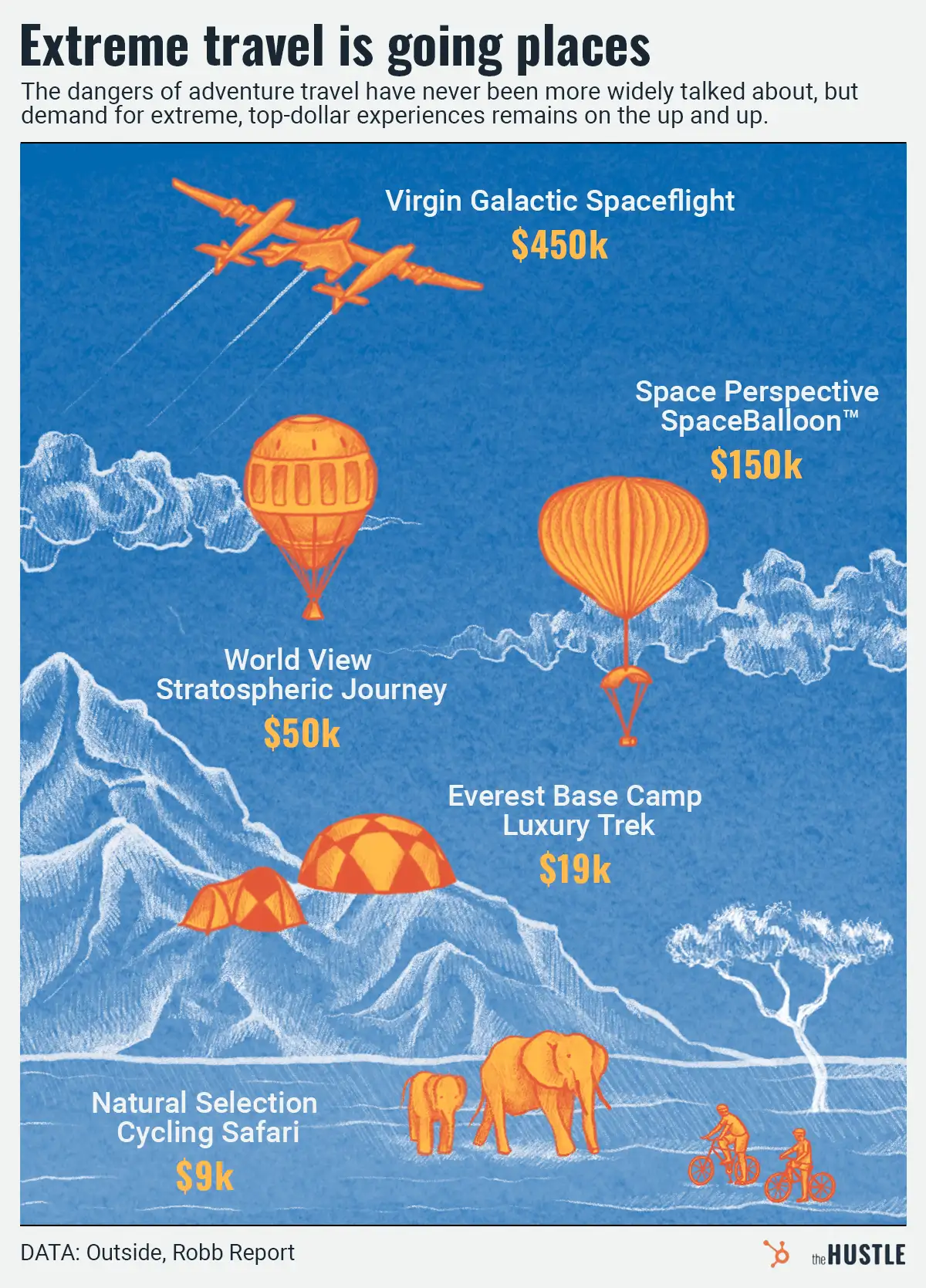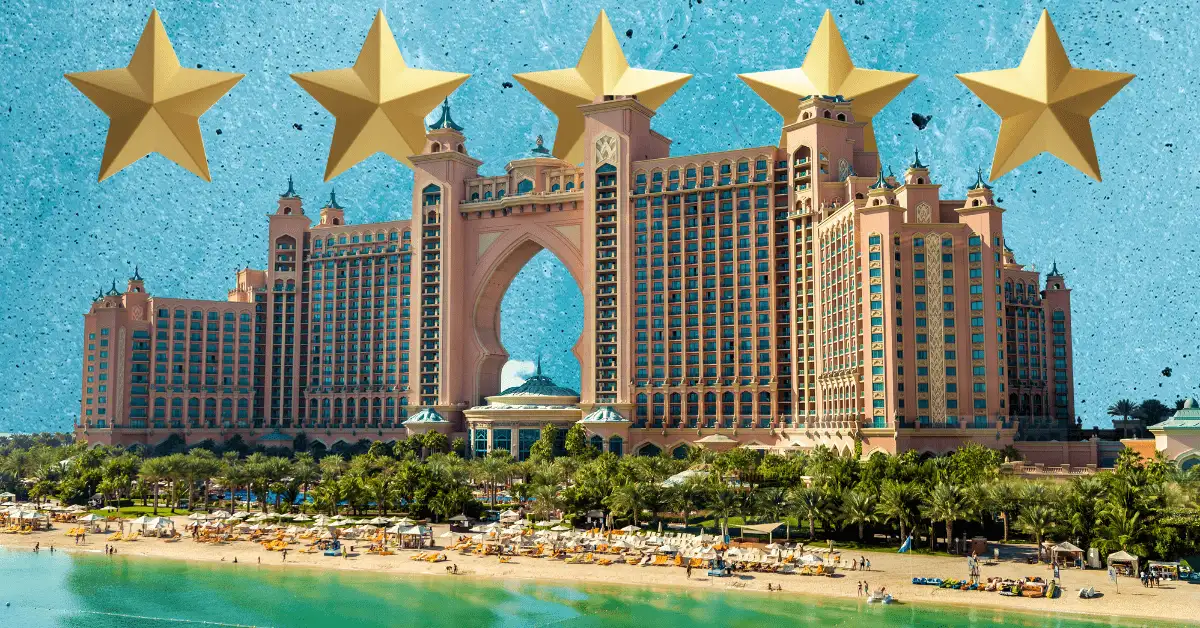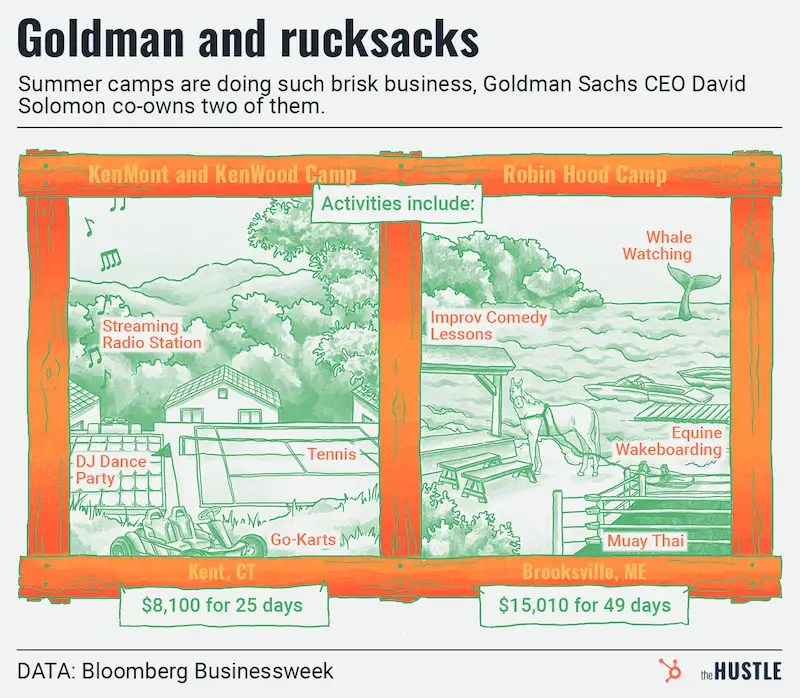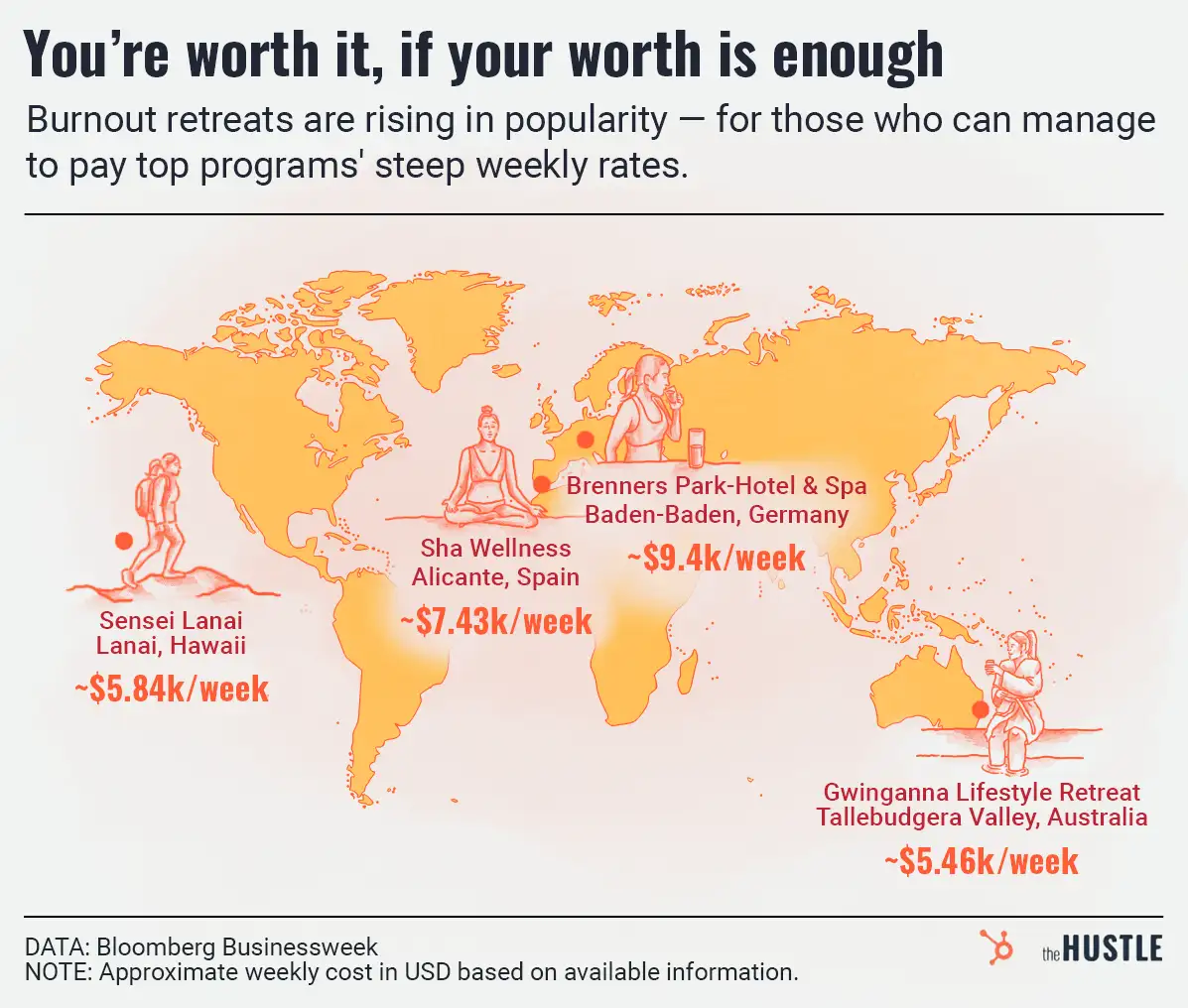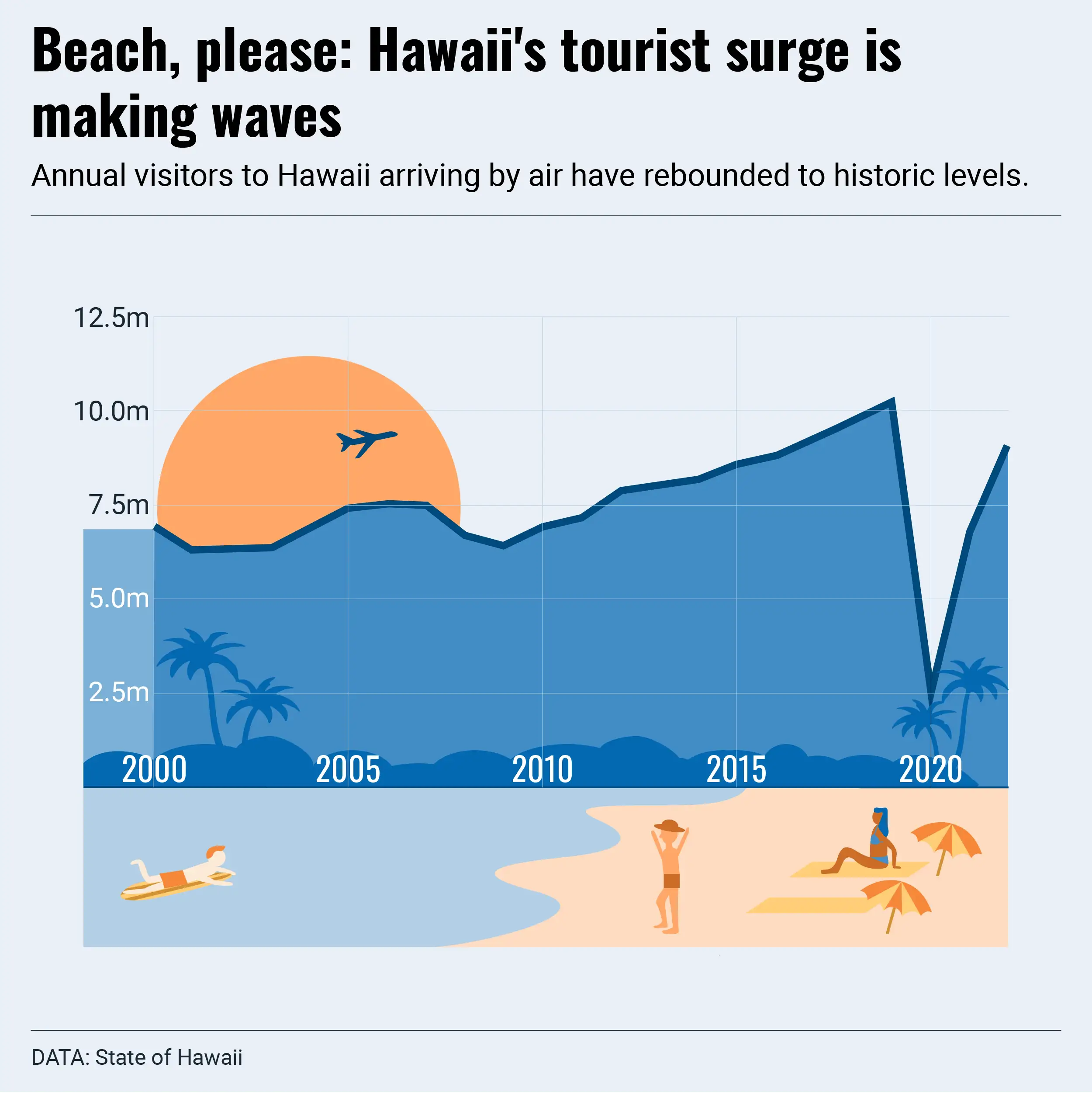We at the hotel, motel — yet another inn?
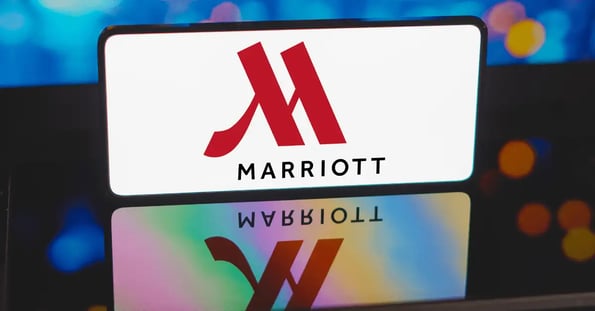
Even Pitbull would be confused by today’s hospitality landscape. Major companies — the Hiltons, Marriotts, and Hyatts of the world — are spawning new hotel brands at a rapid pace.
Hotels are expanding their offerings to win over travelers, per The Wall Street Journal:
- Marriott has 32 different brands in its portfolio across luxury, premium, select, and extended-stay categories.
- Accor has continually added to its collection, now 40+ brands deep.
- Hilton has 22 brands, ranging from the Waldorf Astoria to Homewood Suites.
But most of the major brands don’t actually own many of their hotels; instead, they rely on franchise models, giving owners the rights to specific brands.
And, per New York Magazine, those owners are pretty attached to their custom flags — it would be much harder to stand out with three Hiltons on the same city block.
OK, but why so many?
Hotel chains want to be one-stop shops for travelers, offering accommodations for everything from a business trip to a honeymoon.
Hooking customers with loyalty programs and an array of offerings is the best way for hotels to compete with Airbnb, Expedia, and other booking sites that offer thousands of options.
Plus, the pandemic has changed booking habits, with more travelers reserving directly through hotels to ensure easier cancellations.
With all these brands…
… the offerings can blur together, confusing travelers.
To differentiate offerings, hotel companies are doubling down on specific niches.
Hilton’s Tempo, for example, dedicates 40% of guest rooms’ square footage to a “get ready zone,” targeting short-stay travelers who want to keep their regular routines while traveling.
Plus: Marriott now has enough properties to fill a bingo board.
bc75.jpg)

